
Dual-mass flywheel. What is it, how it works
Content
A large number of units are included in the vehicle transmission device. The same applies to an engine operating on the principle of combustion of an air-fuel mixture. There are elements that are installed at the site of interaction of some nodes.
Among these parts is the flywheel. In the standard version, this is a fairly reliable element that rarely fails, and if it breaks down, the driver spends a little money (sometimes repairs can be done on their own with the necessary tools).
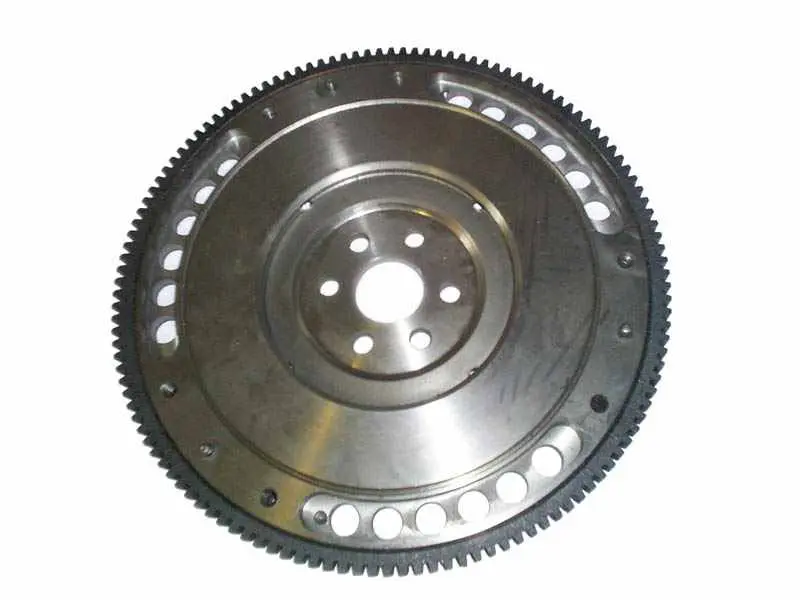
To increase comfort during engine operation, engineers have developed a dual-mass flywheel modification. Such a part ensures the elimination of most of the vibrations coming from the motor, but if it breaks, it becomes a real headache and a huge black hole in the car owner's wallet.
Consider the features of this spare part, how it works, what malfunctions are and how to fix them.
What is a Dual Mass Flywheel
A dual-mass flywheel is a part consisting of two discs, between which there are many components that perform a damper function. One side of the DMM is attached to the crankshaft flange. On the opposite side, the clutch basket is connected to it.
Like a classic part, a gear rim is installed at the end of the flywheel, to which the starter gear is connected. This component is required for the initial start of the motor.
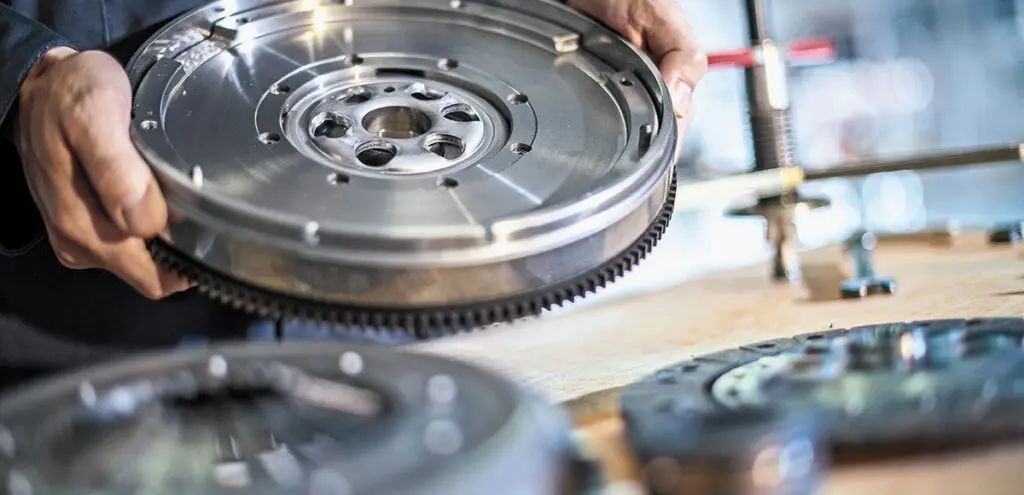
If a single-mass flywheel is just a disk, on one side of which a crankshaft is attached, then a dual-mass modification is a whole mechanism. Its device includes the following elements:
- Two disks - primary and secondary. The shaft of the crank mechanism is connected to one, the clutch is connected to the other;
- The ring gear is hot-pressed onto the primary disc;
- The gearbox flange is installed between the discs. From the box side, it is fixed on the secondary disc. It is the flange that engages with the primary disc. The principle of engagement depends on the modification of the flywheel - gear, asterisk or polygon (the shape of the edge of the part is different);
- Spring - the end elements of the flange abut against its edges;
- A bearing is installed between the discs, which ensures smooth rotation of the two parts. This element eliminates the frictional force that would arise between the discs if they were in contact with each other.

This is how the classic version of the two-mass flywheel looks like. There are other modifications, in the design of which parts of different shapes are added, which provide more reliability to the element. However, the principle of operation remains the same.
What is a flywheel for?
Any engine vibrates during operation. Moreover, it does not depend on the settings and the quality of the details. The problem is that each unit of the cylinder-piston group is triggered in a certain sequence. When a flash of BTC is formed in the cylinder, a sharp acceleration of the piston occurs. This causes uneven torque to be delivered to the gearbox.
When the RPM is increased, the inertial force compensates for this factor a little, but the vibrations are not completely eliminated. They are simply not so clearly felt - they have a very small amplitude and they happen very often. However, this effect still has a negative impact on the transmission components.
Each modern modification of gearboxes, for example, robotic or mechanical, due to the complexity of the layout, requires a reduction in vibrations coming from the motor. Previously, they tried to deal with this with the help of springs in the transmission device, but such developments did not show their effectiveness.
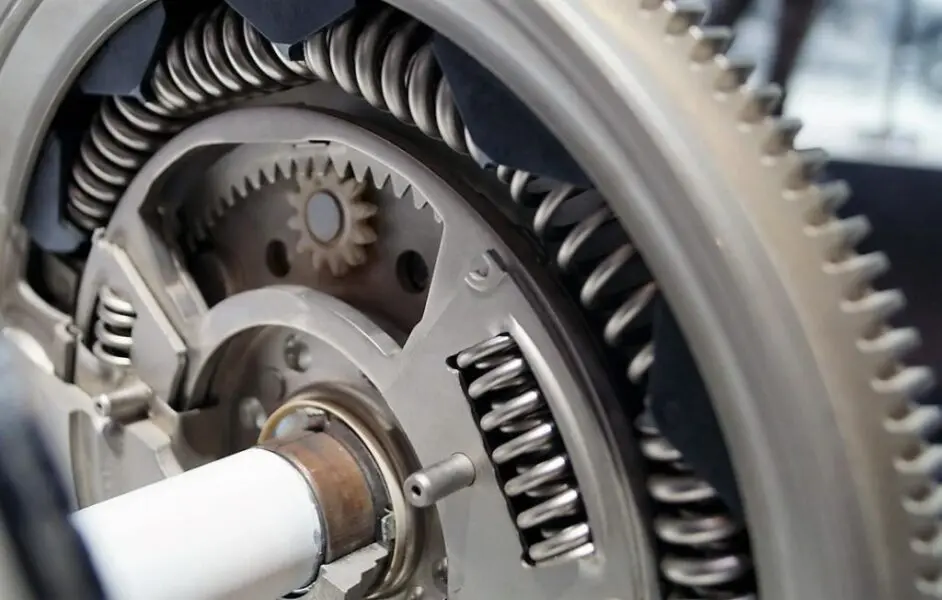
Previously, the clutch was equipped with a torsional vibration damper. However, modern ICEs develop more power at the same or even smaller volumes. Because of this, the strength of such vibrations has increased, and the damper is not able to eliminate them.
A new development came to the rescue - a dual-mass flywheel. This element has freed up space in the transmission by removing the torsional vibration damper. This simplified the device a little. Also, the part began to function as a damper, eliminating the jerks coming from the internal combustion engine as much as possible.
Here are some of the positive aspects of this development:
- Torsional vibrations are damped as much as possible;
- The box experiences less stress arising in the mechanism itself;
- Inertia in the clutch is practically eliminated;
- Takes up less space than a basket with a damper;
- The speeds are easier to switch;
- Improved comfort due to the absence of noise and vibration.
Principle of operation
When the engine starts (at first, the starter scrolls the primary flywheel disk, engaging in the teeth of the rim), the fuel supply and ignition systems are activated. Then the motor works in autonomous mode. The crank mechanism converts translational movements into rotational ones. The torque is fed through the shaft to the flange on which the primary flywheel disc is attached. It is connected to the secondary disc by a spring mechanism (acts as a damper).
When the driver engages a gear, rotation from the flywheel is transmitted to the transmission input shaft. But as soon as the clutch pedal is released, the transmission itself and the chassis create resistance to torque.

The powerful motor continues to rotate the crankshaft, but under load. At the same time, its course becomes intermittent, and the smoothness of rotation is disturbed - the more powerful the motor, the more distinct the jerks.
It is the damper mechanism that is part of the flywheel design that absorbs these vibrations as much as possible. First, the primary disc compresses the springs, and only then, at its maximum deflection, the secondary disc is set in motion, to which the friction surface of the clutch disc is already connected.
How to choose a flywheel and which company to buy?
Before proceeding with the selection of a new flywheel, it is necessary to find out which modification is used in a particular car. The cost of a single-mass analog will naturally be lower than that of a dual-mass one.
Car manufacturers by and large are engaged in the assembly of ready-made parts that are purchased from different companies. The same applies to flywheels - they can be of different production, and, as a result, of different quality, which also affects the cost of the spare part.
Leading manufacturers of dual mass flywheels
Standard flywheels and their dual-mass counterparts are manufactured around the world. It is worth noting that DMM is different for European cars and models of Korean and Japanese production.
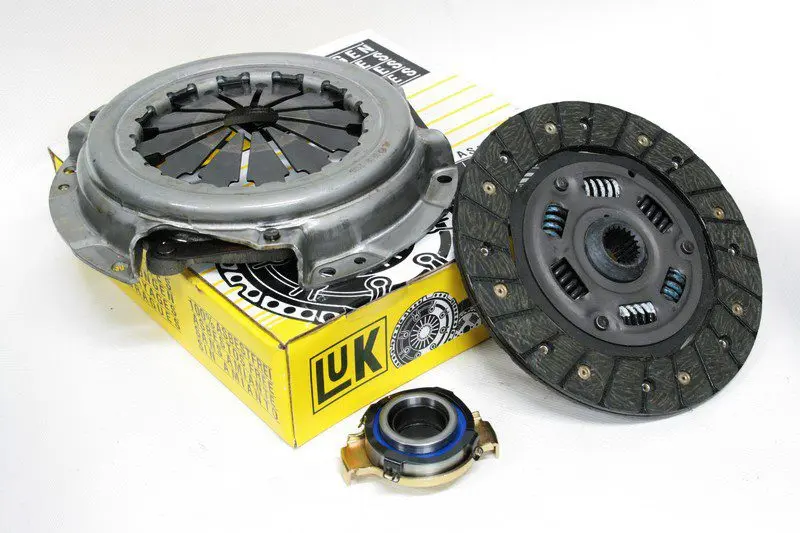
The following companies are engaged in the production of spare parts for European cars:
- CLOSE;
- SACHS.
And on Japanese and Korean cars, flywheels are produced by:
- EXEDY;
- PHC.
Also, when choosing a spare part, it is worth considering that some manufacturers sell their products in a set - a flywheel with a clutch basket. To determine the modification of a part, you need to seek help from specialists. Another option is to select a model for the car brand by selecting it from the catalog.
How to check the damper flywheel
There is a common misconception that damper flywheels are problem parts. This could be said about the first modification. To date, manufacturers are improving the design of this element, so quality products are offered to the end consumer.
The first sign that makes many motorists check the DMM is an increase in vibration during engine operation. In fact, often a similar effect is associated primarily with the fuel system, timing settings, and also with failures in the electronics of the car.
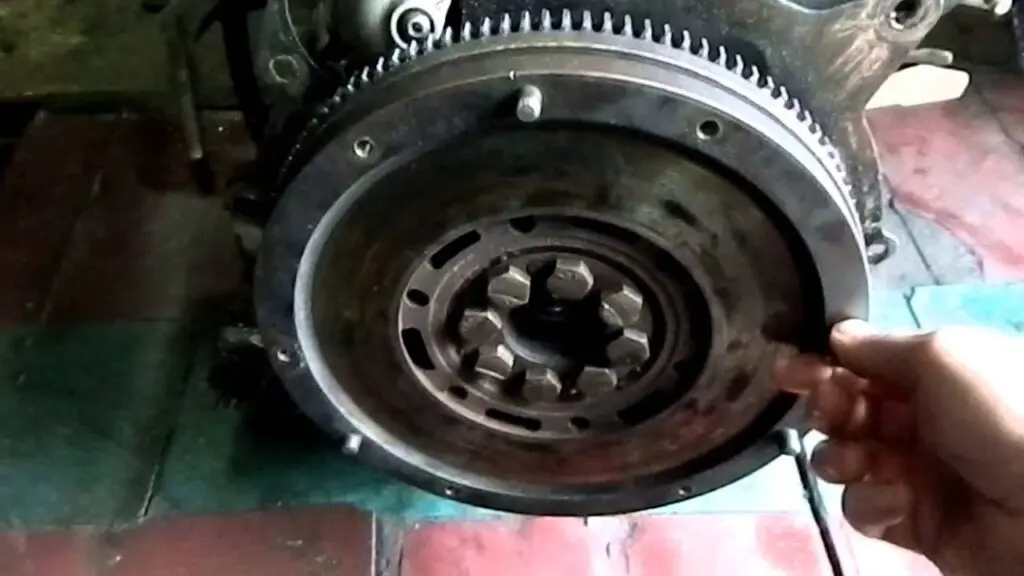
Before removing the flywheel, it is necessary to rule out problems that have symptoms similar to damage to the flywheel. To do this, diagnose the vehicle.
The DMM is a non-separable part, so its breakage is not always determined by visual inspection. To verify that the flywheel is not the problem, follow the procedure below.
The engine starts, and the speed rises smoothly to the maximum value. You need to hold them for a while and then gradually reduce them. If no noise and vibration were heard during the diagnostics, then the malfunction, due to which there were suspicions of wear of the DMM, must be looked for in another unit of the car.
The damper flywheel device includes springs with different degrees of rigidity, which dampens vibrations in different ranges of the motor. The appearance of vibrations at certain speeds can indicate which element has failed - hard or soft.
Malfunctions and breakdowns
Modern DMMs have a resource of about 200 thousand kilometers. Signs for which the driver needs to pay attention to the flywheel are:
- The occurrence of vibrations from the engine at idle speed of the internal combustion engine (before changing this part, it is necessary to exclude the triplet of the motor, which has a similar manifestation), and the appearance of such an effect at different speeds may indicate various malfunctions in the mechanism of the part;
- With a change in loads (the driver starts or turns off the engine, as well as during acceleration), clicks are clearly audible;
- Squeaks are heard when starting the engine. The same effect can appear when the motor is stopped. Feels like the starter doesn't stop working.
These symptoms indicate that there is a problem with the flywheel or that it needs replacement at all.
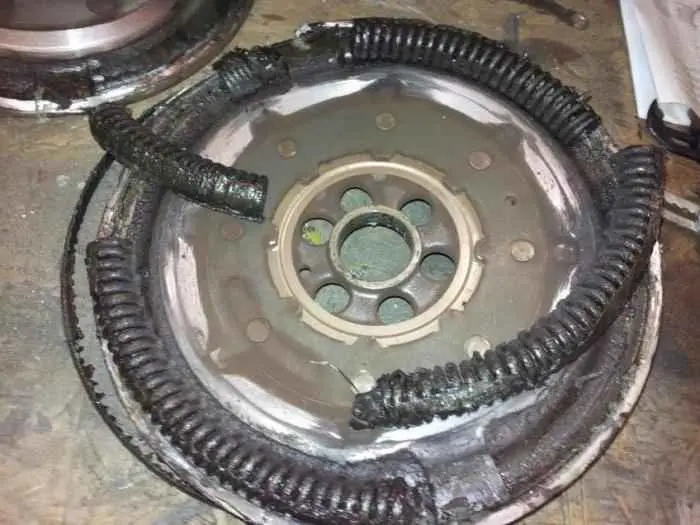
The reasons for the malfunction of the dual-mass flywheel include:
- Loss of lubrication;
- The disc surfaces are scratched or deformed;
- Breakage of a spring or several at once;
- Breakage inside the mechanism.
Some malfunctions, such as grease leakage or scuffing on the outside of the secondary disc, can be detected by visual inspection when the clutch is removed. The rest of the breakdowns are discovered only after dismantling and diagnosing the part on a special stand.
Repair of a two-mass flywheel
In such cases, most experts recommend the replacement rather than repair of the part, since there are very few real masters who can correctly restore the DMM. However, more often the car owner thinks about either buying a new, but budgetary modification (in this case, it will have to be changed more often), or about finding a specialist with experience in such work.
Recovery work includes:
- Disassembly of the flywheel;
- Removal of broken elements;
- Replacing the fastening - the fastening bolt during the operation of the DMM loses its strength, therefore, during the restoration process, it is necessary to replace them with new ones;
- Elimination of depletion on the inner surfaces of the discs (it always appears, since the springs often come into contact with the surfaces of the discs);
- After repair, the structure must be balanced so that the part itself does not create vibration;
- Refueling with new grease.
There are breakdowns that make it impossible to restore the part. Examples of this are cracks and deformations in the flywheel housing. In this case, it is only possible to replace the element with a new one.
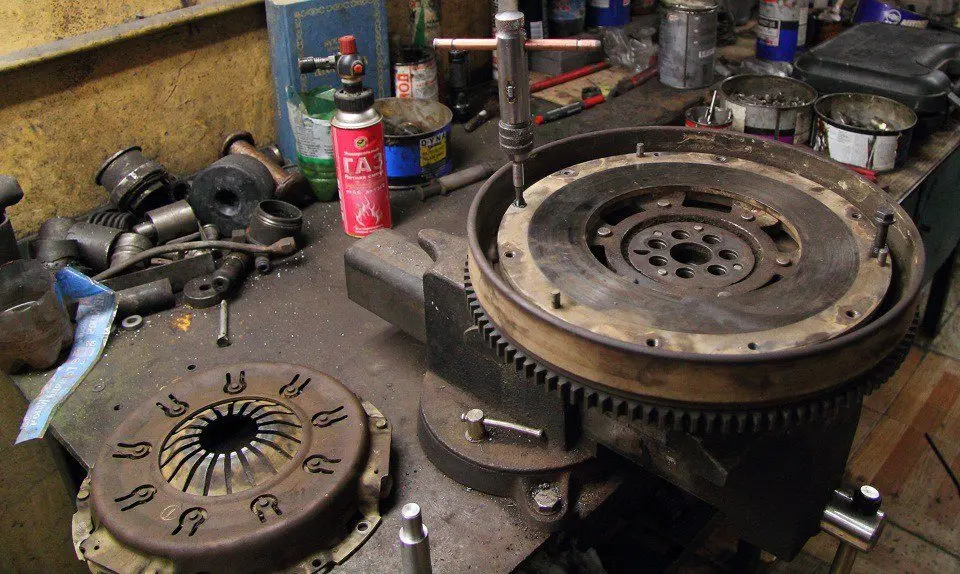
Before deciding to restore the DMM, you need to make sure that the master really has experience in such work, and performs them efficiently (the first sign is the presence of a balancer stand - without it, it is impossible to effectively complete the work). The fact is that a specialist will take a lot of money for this procedure (often it is identical to installing a budget new part), and the components are also not cheap.
The final question is how long will a remanufactured flywheel last? It depends on the quality of the work performed, as well as the quality of the components used. Sometimes its resource is almost identical to the new analogue - about 150 thousand.
Here are some tips to help you maintain your DMM throughout its life, and sometimes a little longer:
- Do not violate the procedure for replacing the clutch disc;
- When changing gears, do not drop the pedal, but release it smoothly (for more information on how to maintain the grip, see in a separate article);
- Neat driving style - avoid wheel slip;
- Avoid frequent trips over short distances (when starting / stopping, the motor exerts a significant load on the device's damper);
- Monitor the starter for proper functioning - the bendix should not play.
In conclusion - a video version of the material:
Questions and answers:
What is a dual mass flywheel for? This flywheel modification relies on powerful motors with high torque. It is capable of dampening vibrations and torsional vibrations coming from the engine to the gearbox.
What is Dual Mass Flywheel? This is a disc that is attached to the crankshaft. The clutch basket driven disc is firmly pressed against it. Its design has a number of springs that dampen torsional vibrations of the crankshaft.
What is killing a dual-mass flywheel? Frequent jamming and starting of the internal combustion engine, aggressive driving, sharp acceleration of a car, engine braking, driving at low speeds (later turning on a lower gear on hills).
What is the difference between a single-mass flywheel and a dual-mass flywheel? A single-mass flywheel is simply a one-piece disc without damping (compensating) springs (they are placed in the clutch disc), which are equipped with a dual-mass flywheel.

